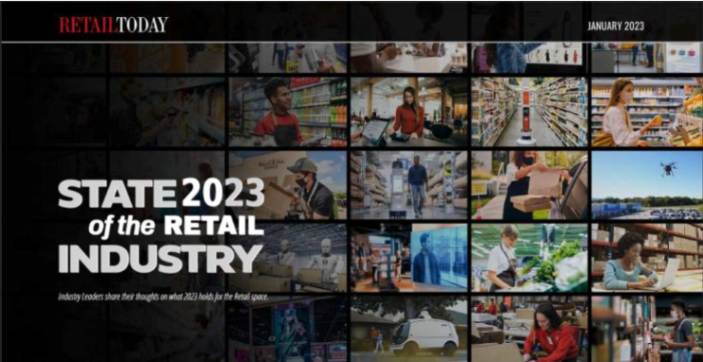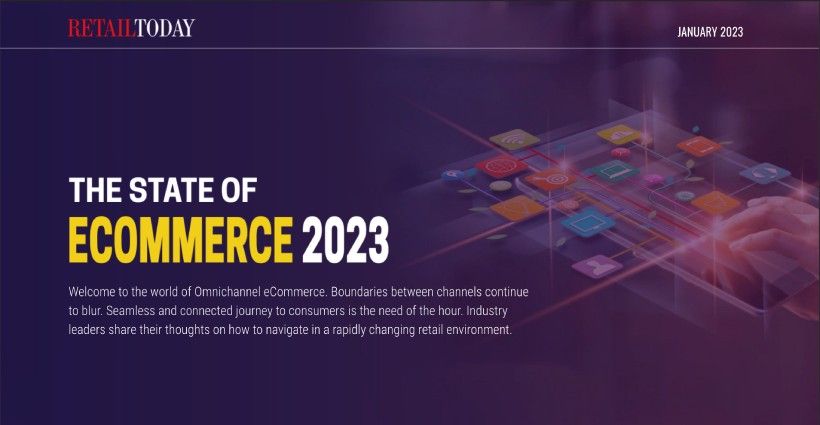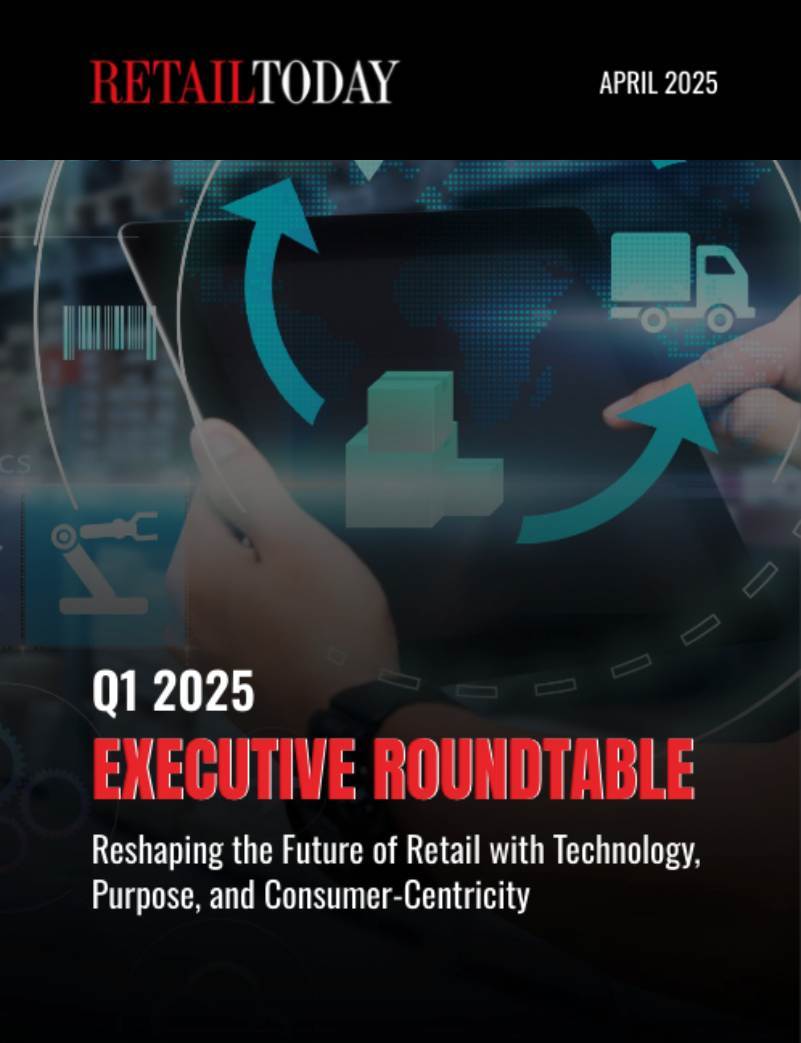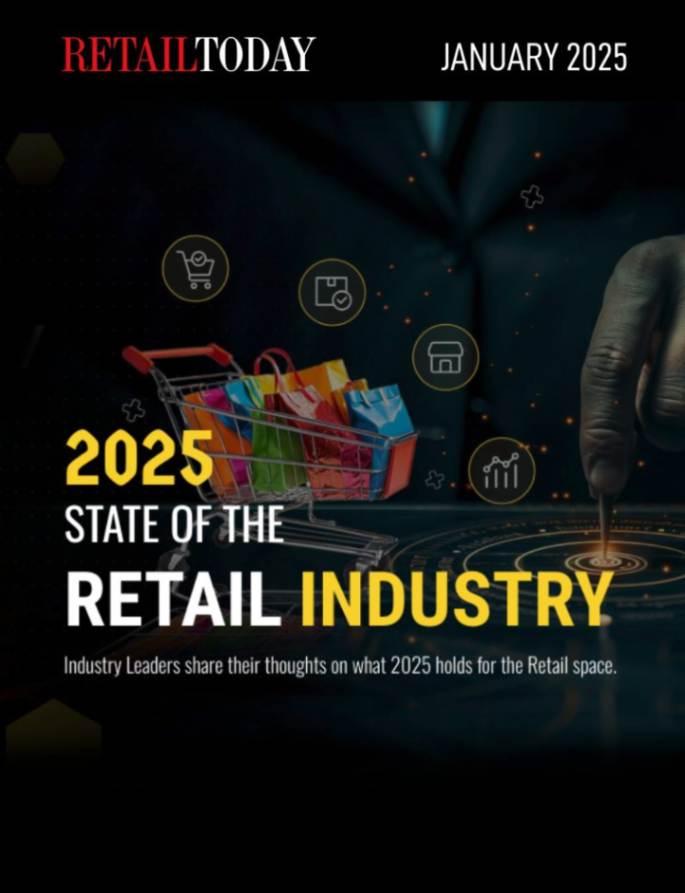
Omnichannel Growth
Omnichannel has enjoyed continued growth with consumers, who have become more confident of products, digital content, images, and services, supported by ubiquitous distribution channels. It is based on a cohesive strategy and the foundation of a single database, enabling customers to shop at any time and any place and to have an improved shopping experience, thereby increasing brand loyalty.
The confluence of digital solutions, integrated by product experience management (PXM) and omni-platforms which utilize AI, including generative AI, throughout the continuum, provides a vastly improved shopping experience. Omnichannel retailers and brands can provide personalization, speed, accuracy, and flexibility while experiencing efficiencies that improve sales and profit.
Omnichannel offers consumers convenience, variety, and improved personal experience. Additionally, what once was a major void is now a potential improvement finally being addressed by leading Chief Digital Officers, bringing digital benefits to store-level customer service. Conversion rates, digital and physical, will improve with the increasing focus on omni-platforms, data science, speed, and accuracy. Physical stores, if they’re part of a true omnichannel environment, must leverage all e-commerce techniques to improve store-level education and environment.
PIM: From IT Tool to PXM Platform & Revenue Producer
An overlooked driver of omnichannel sales has been the enterprise contribution of product information management (PIM). PIM has rapidly evolved from an IT tool to a revenue driver for omni-teams. Top PIM providers now have significantly expanded benefits to all constituencies through PXM.
PXM tracks the product journey from conception to delivery, engaging consumers with rich, storytelling content that drives innovation and growth, with PIM as a key element. Enterprise PXM platforms allow brands and retailers to do more than just ensure that product information is accurate, up-to-date, and consistent across all channels. It provides the framework to leverage entire systems, information, and distribution channels. The global PIM market Is projected to $23.8 billion by 2027, doubling in size from 2022, and will be further enhanced by PXM!
Generative AI: A New Paradigm for Omnichannel
A breakthrough in artificial intelligence (AI) for retailers and brands is generative AI, made popular by OpenAI, and is a breakthrough for omnichannel retailers and brands, providing faster and improved shopping experiences, increased conversion rates, and more revenue while improving operating efficiencies!
Generative AI is a type of artificial intelligence technology that can produce various kinds of content including text, imagery, audio, and synthetic data. It creates unprecedented benefits as it powers content, romance copy generation, image attribution, intelligent decisions, customer reviews, and more, quickly and at scale. Brands and retailers serve customers better, get items to market faster, reduce returns, and increase revenue and margins for enterprise-wide success.
Generative AI, built into PXM and an omnichannel platform, creates unprecedented benefits. Omnichannel serves customers better, goes to market faster, reduces returns, and increases revenue and margins. Global generative AI is projected to reach $126.5 billion by 2031, with a CAGR of 32%. It is a “game-changer” in the league of mobile’s e-commerce impact!
Bernie Brennan is Chairman of Digital Wave Technology. He has extensive experience in retail, distribution, brands, wholesale, Omnichannel, and software technology. Companies that he managed include Sav-A-Stop, Household Merchandising, Vons Supermarkets, and Montgomery Ward Holding Co. Bernie served as Chairman of the National Retail Federation and received the NRF Gold Medal Award as National Retailer of the year. He has been active in the software technology Industry for over 20 years as an investor, board member, and/or Chairman of several successful software companies. Bernie is also co-author of the best-selling book “Branded – How Retailers Engage Consumers with Social Media and Mobility” which projected the impact that these digital communication channels would have on E-commerce.






